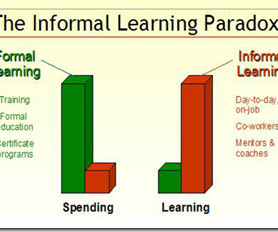Boosting Customer Engagement with Gamified Learning Paths
BrainCert
FEBRUARY 13, 2024
Gamification Gamification, as a concept, began to gain attention and popularity around 2010 , but its roots trace back to the early 2000s. The term " gamification " was coined by Nick Pelling , a British computer programmer and inventor, in 2002.














































Let's personalize your content